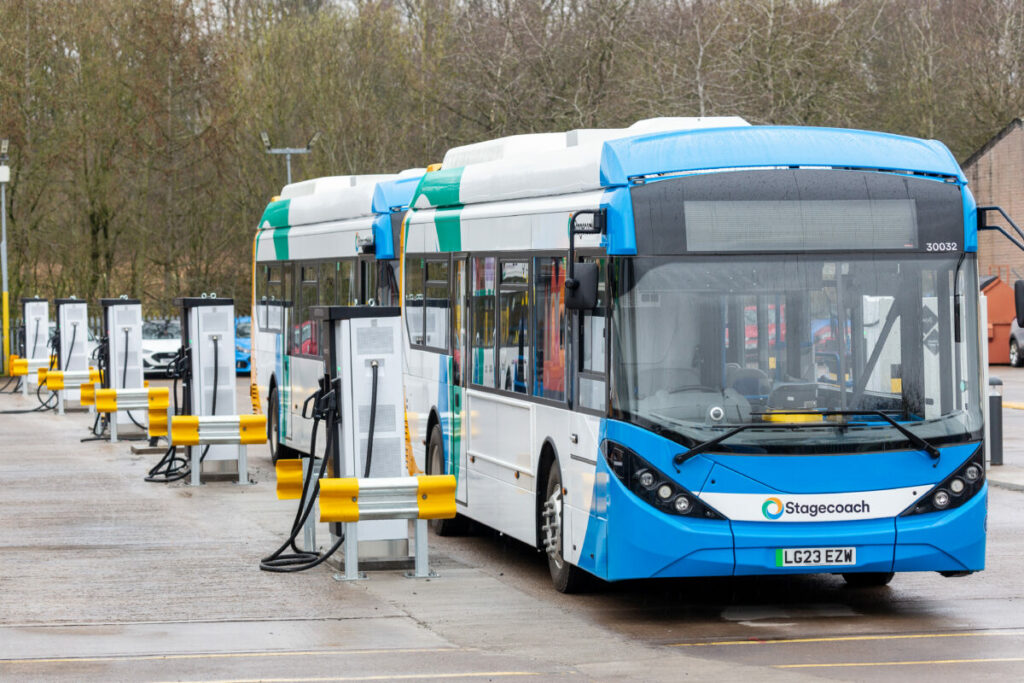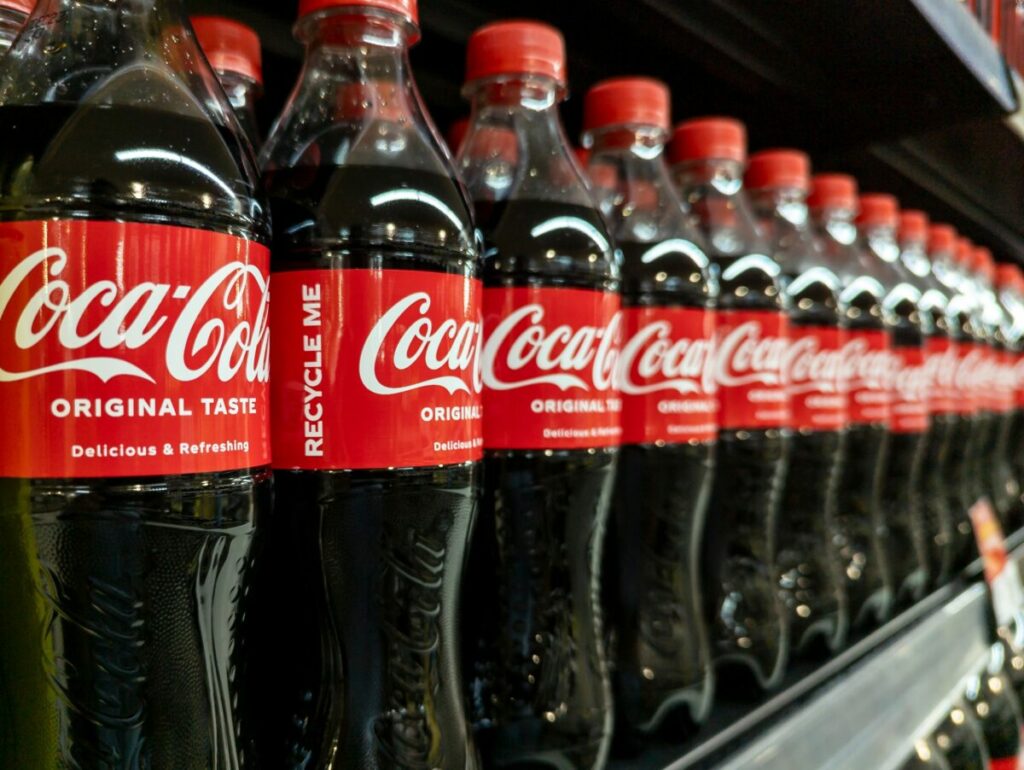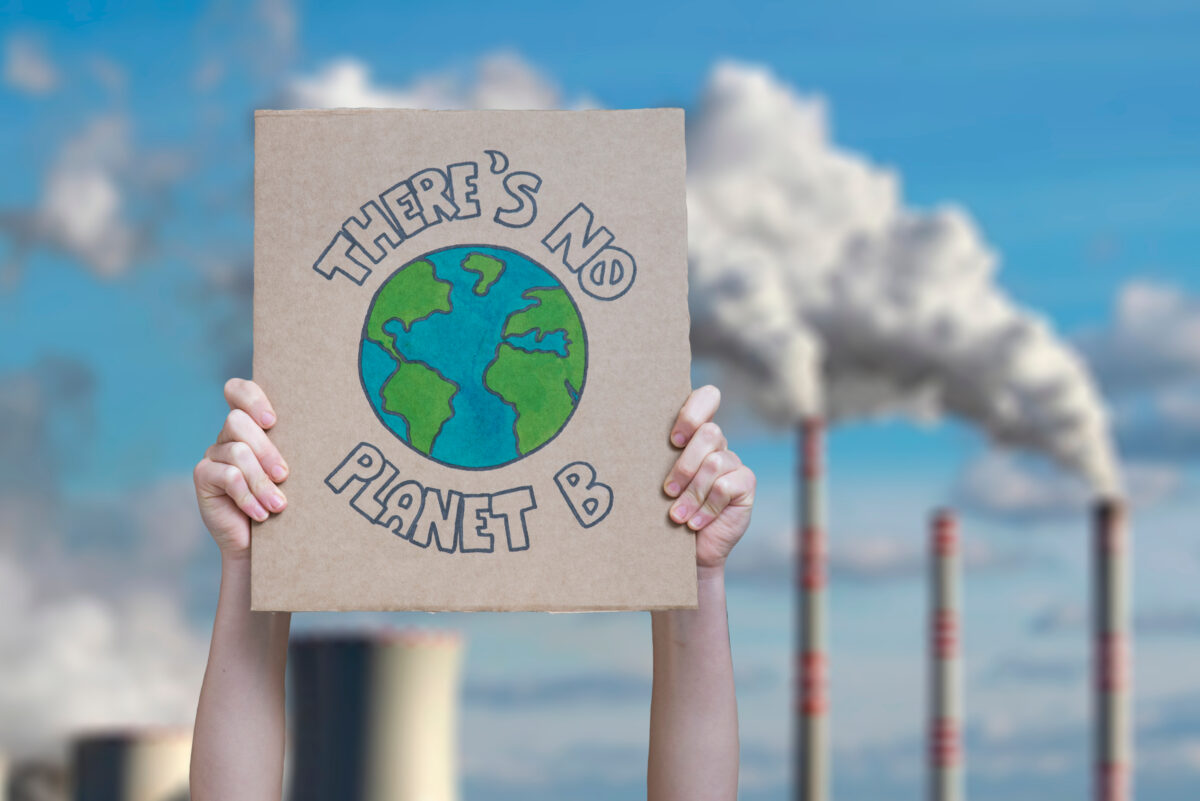Last year’s Amazon Prime Day accounted for around 1.3 million tonnes of carbon – the equivalent to 272,000 cars driving 3 billion miles in one year, or more than 690,000 round trips between Paris and New York.
Amazon Prime Day is the ecommerce giant’s biggest sales event of the year the year where customers have access to huge discounts across all categories. During the event, Amazon estimates that over 100,000 products are sold online each minute.
Carbon accounting platform, Greenly, calculated the staggering carbon footprint of the two-day sales event and found there was a significant question mark over how Amazon Prime Day impacts the ecommerce giant’s ability to meet its ongoing sustainability commitments.
“Amazon Prime is a big contributor to consumers’ desire for instant gratification these days, with little thought to the climate-cost of these behaviours,” said Greenly CEO and co-founder Alexis Normand.
As part of the investigation, Greenly highlighted that many of Amazon Prime Day’s best-sellers have particularly high carbon footprints associated with their lifecycles, while fast delivery services also have a large carbon impact – with the process releasing nearly as much carbon dioxide as a small country.
Subscribe to Sustainability Beat for free
Sign up here to get the latest sustainability news sent straight to your inbox each morning
Top sellers on Amazon Prime Day, which sees the ecommerce giant post deals on a range of items, include fashion items such as jeans where carbon emissions come from from issues like cotton production, to tech products like laptops and smartphones which have hefty carbon emissions from a manufacturing perspective.
The first Amazon Prime Day took place on July 15 2015, with the brand racking up £9 billion ($12 bn) worth of sales with last year’s event.
Amazon has previously been called out by employee groups for causing pollution impacting people of colour and poor people hardest, with US employees releasing a petition in 2021 demanding change.
“With these C02 numbers, how can Amazon continue to justify the significant environmental damage of Prime Day?,” Normand continued.
“The mammoth operation sees cooperation – often arguably, unnecessary consumption of some of the biggest polluting consumer items – shoot through the roof and means even more air, sea and road transport to meet the two-day delivery window.”















